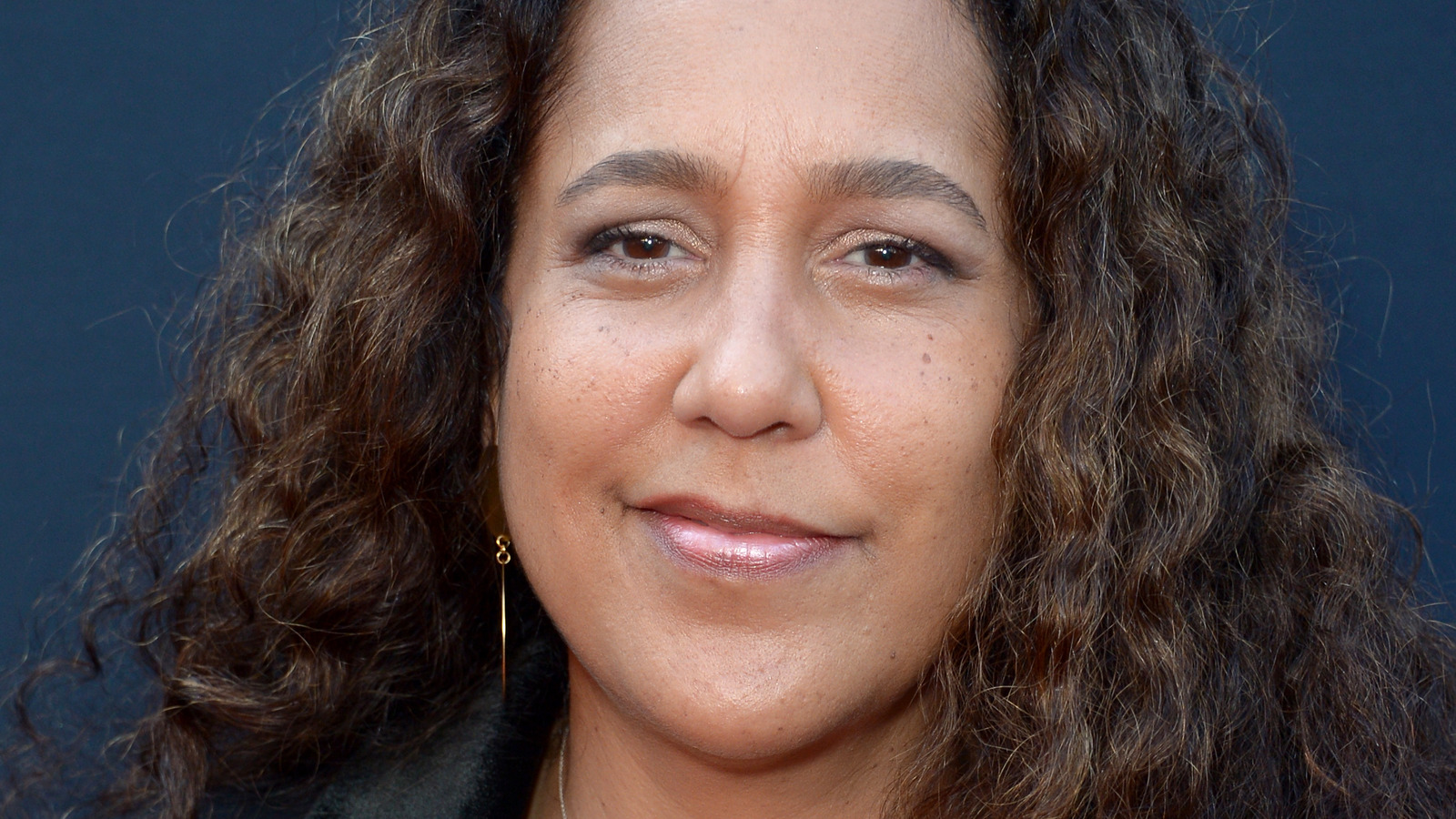[ad_1]

The original pitch for “The Woman King” was being shopped around Hollywood for five years before finally being green lit. What were your thoughts when you first read the script?
The first thought was “I have to do this. Absolutely.” I was so connected within five minutes. When I read that they rise up above the grasses, ready to go ham, I was like, “I want to shoot that.” The more I read and then getting into the more personal stories that are weaved throughout this film, I felt like it was something I hadn’t seen before, but something that I had wanted to see and I’m my first audience.
How did you approach balancing the celebration of the Agojie’s strength and camaraderie with the acknowledgement of the darker side of their involvement in the slave trade?
It was about telling the truth. We wanted to be authentic. It’s a complicated history that thousands of cultures, unfortunately, through the years have dealt with, but we were focusing on these women, this incredible group of women that their stories hadn’t been told and about focusing on their push to change things within the kingdom.
I was curious about how you told the timeline of things, because at the end of the movie, it’s at least implied that they’re finally getting slavery abolished. However, from what I’ve read, that didn’t happen until the 1850s, three decades later. How did you approach that?
For us, what the ending represents is that they won this battle, but a war continues. Certainly, it was important to tell the truth and the ships are leaving for now, they will return, but these warriors are standing there, ready for the fight.
[ad_2]

Leave a Reply